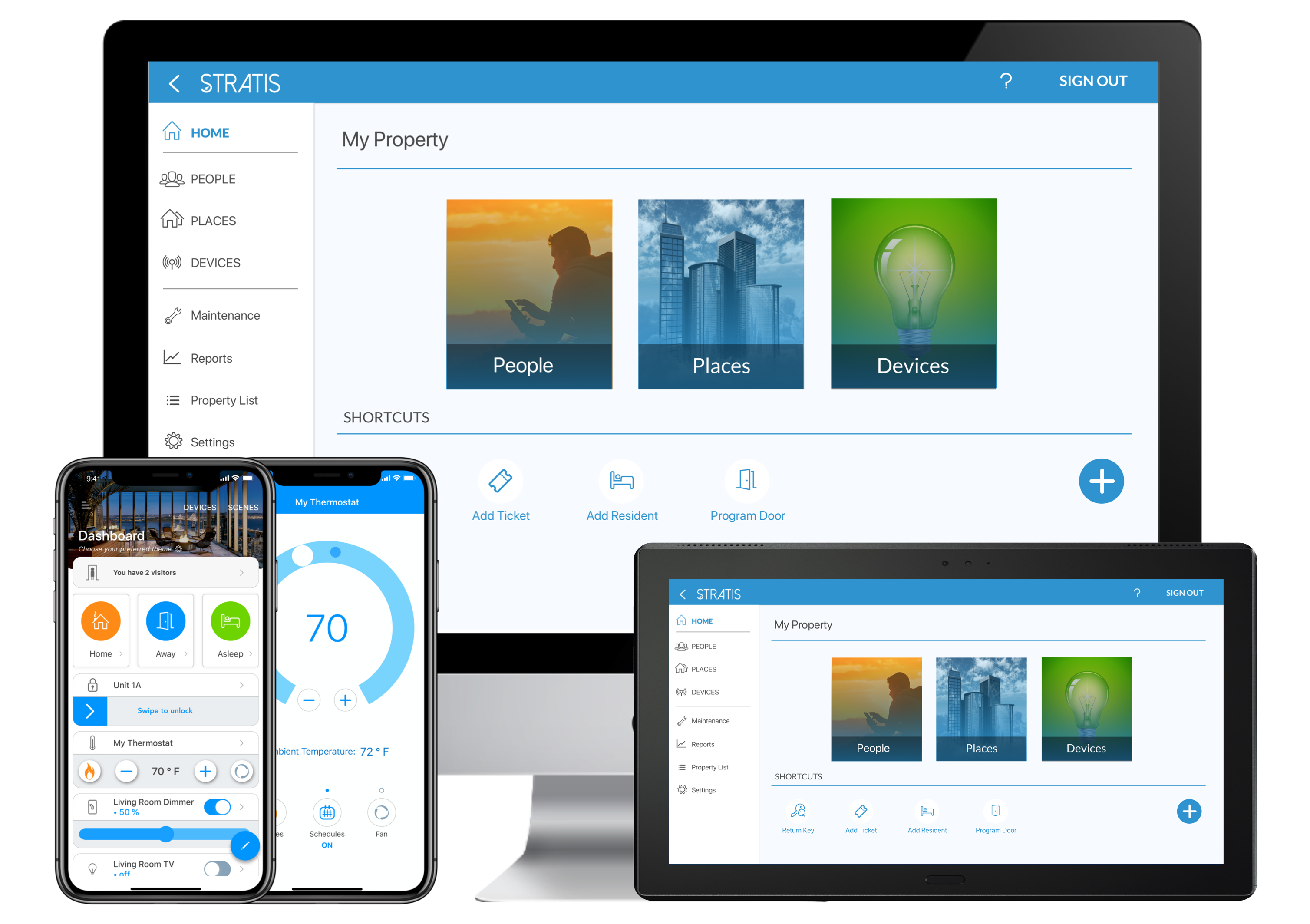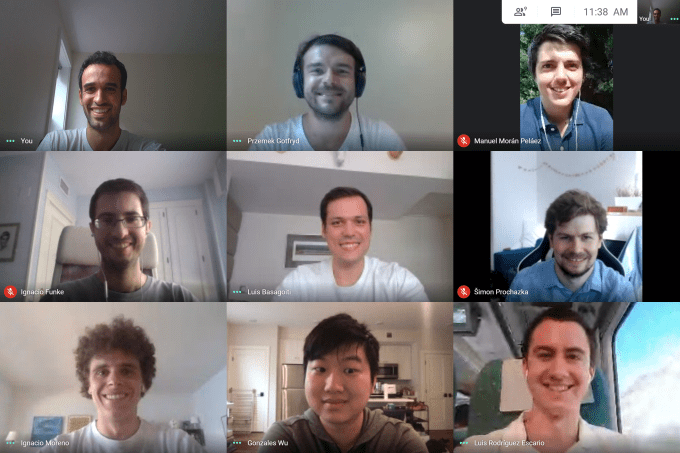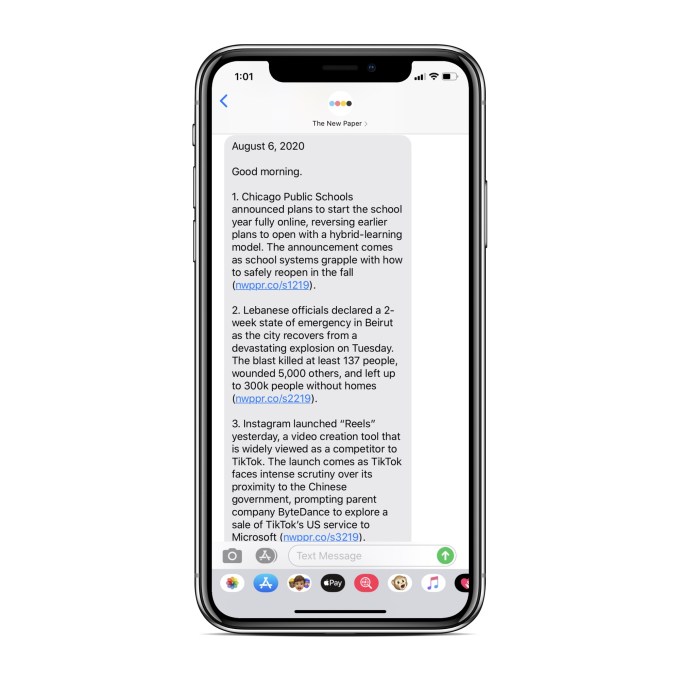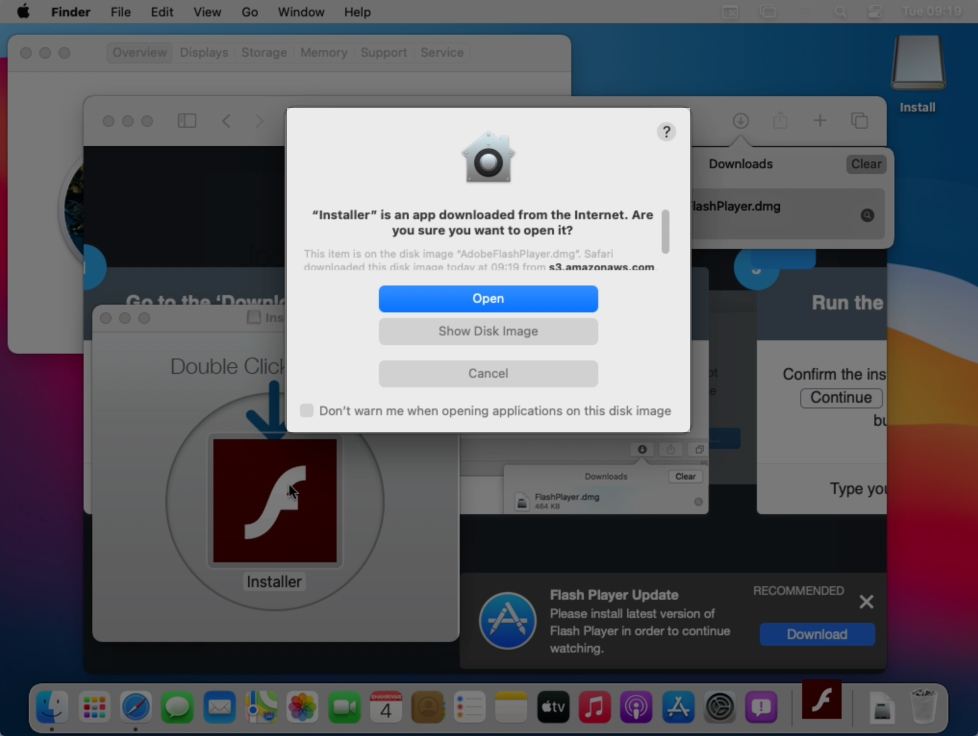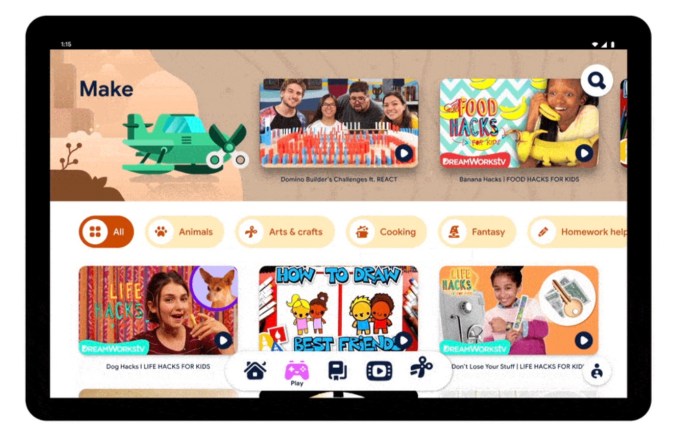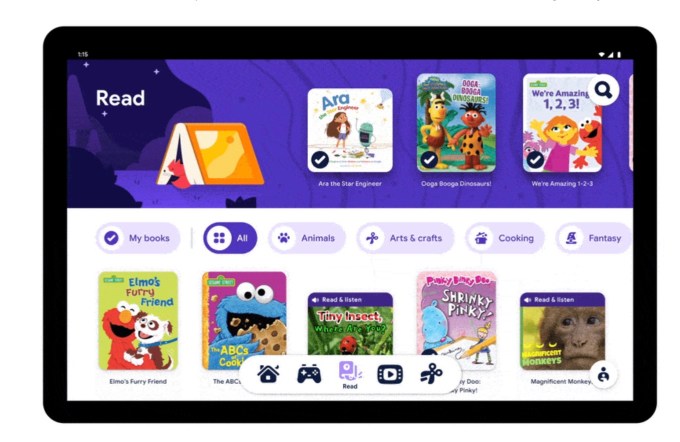There’s a growing movement where startup founders look to exit to community
Traditional roadmaps for startups center around this idea of the exit. Oftentimes, the ideal exit in the minds of startups and venture capitalists goes one of two ways: IPO or acquisition by another company.
But there are other ways for startups to exit that could potentially bring more value to a larger variety of stakeholders. Exit to Community (E2C), a collaborative working project led by the University of Colorado Boulder’s Media Enterprise Design Lab and Zebras Unite, explores ways to help startups transition investor-owned to community ownership, which could include users, customers, workers or some combination of all stakeholders. Today, the group released a digital and physical zine designed to serve as an introduction to Exit to Community.
“The purpose of the zine is to provide an initial roadmap to all of the aspects of the conversation that need to happen so we can save founders pain in recognizing and validating they’re in the wrong fit and we need to co-create what does fit,” Zebras Unite co-founder and zine co-author Mara Zepeda told TechCrunch. “It’s not a silver bullet. It’s not like there’s this other perfect thing that everyone needs to do. I describe it as running a Cambrian explosion of experiments in order to figure out what this future is. It’s not just one thing. That’s how what we’re doing is really different. Sometimes there are these niche products or movements that pop up and say, “this is the answer. There isn’t one answer for this moment.”
These alternative exit models also have the potential to to open the door for founders in other markets, E2C co-organizer Nathan Schneider told TechCrunch. He pointed to tiphub, a company focused on Africa and the African Diaspora, that had been looking for alternative ways to support founders given there isn’t a huge mergers and acquisitions market in Africa.
“Because of the infrastructure that exists in the financial market, we don’t have the same set of realities that a very active VC industry does in Europe or the U.S.,” tiphub Partner Chika Umeadi told TechCrunch. “There’s just not as much private equity activity or M&A activity. We believe we have a strong hypothesis for how we can manufacture companies quickly, but we still need to build the other side of the market. There are companies that are valuable, but we now have to think about alternative methods of exiting.”
Already, there are a handful of examples out there of what exiting to community can look like. Buffer, a social media management platform, bought out its investors in 2018 because it became “clear that Buffer had become less of a fit for VC funding,” Buffer CEO and co-founder Joel Gascoigne wrote in a blog post at the time.
Then, in 2019, SEO and Conductor bought back its content marketing company from WeWork. Now, the company is majority employee-owned.
“It was a dream that we always had that we would own the company and we gave a huge amount of ownership to all the people and now the company is almost entirely employee-owned,” Conductor CEO Seth Besmertnik told me earlier this year. “And now we have everything we want to go and make our mission a reality.”
Outside of the tech industry, E2C points to Organically Grown Company, an organic produce distributor based in Oregon that transitioned from an employee- and grocer-owned operation into a community-owned one.
“These types of glimpses suggest that it’s possible,”Schneider said.
For investors, while IPOs and acquisitions can elicit high returns, not all of the startups in their portfolios will be candidates.
“Their current exit options limit what kind of returns and outcomes they can see for their portfolio companies,” Schneider said. “If a startup ends up not being a candidate for an IPO or acquisition, E2C can still help them get their money back, or get a decent return. There’s also a class of investors trying to thread the needle of financial return with social return, and are looking for models that can help facilitate that.”
Beyond the zine, the next step is to crate a peer learning cohort of founders who are exploring some of these options. Down the road, the hope is to create standard documents for startups that make it easy for founders to pursue these alternative paths.

